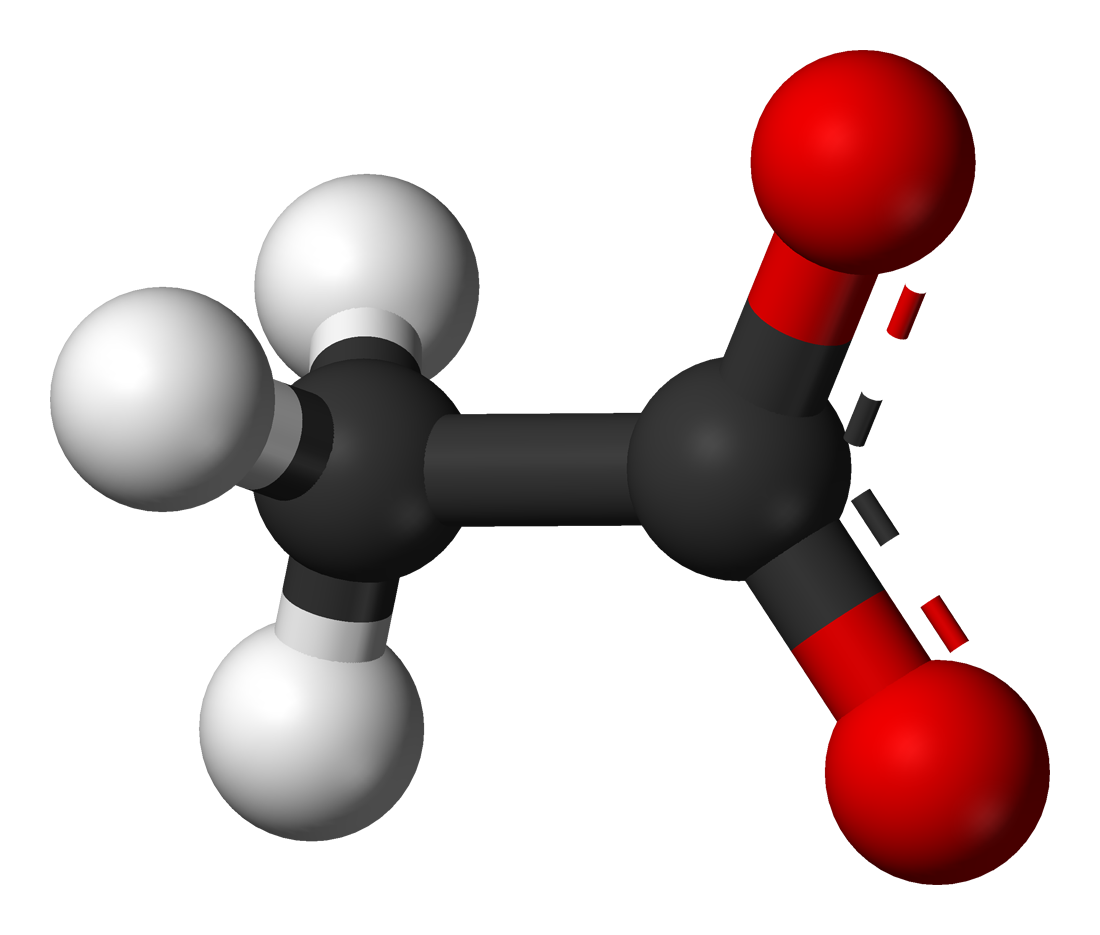Introduction
Acetate, a remarkably versatile material derived from natural cellulose fibers, has emerged as a cornerstone of modern manufacturing across a multitude of industries. Its adaptability, strength, and aesthetic appeal make it a preferred choice for applications ranging from fashion to industrial production. In this article, we delve into the composition, uses, and benefits of acetate, illuminating its diverse applications and enduring appeal.
Composition and Manufacturing Process
Acetate, also known as cellulose acetate, undergoes synthesis through a chemical process involving the treatment of cellulose fibers with acetic acid and acetic anhydride. This process results in the formation of cellulose acetate, a thermoplastic polymer renowned for its resilience, flexibility, and biodegradability. The material can be molded, extruded, or spun into various forms, making it suitable for a wide array of applications.
Applications Across Industries
- Fashion and Apparel: The fashion industry highly prizes acetate fabric for its luxurious feel, silk-like drape, and vibrant sheen. It finds common use in the production of dresses, blouses. And linings, providing a lightweight and breathable alternative to natural fibers.
- Eyewear and Accessories: Acetate’s durability, lightweight nature, and ability to retain intricate patterns and colors make it a preferred material for crafting eyeglass frames, sunglasses. And fashion accessories. Its versatility allows designers to create unique and stylish designs that cater to diverse tastes and preferences.
- Packaging and Printing: The packaging and printing industries widely utilize acetate film and sheets. For their clarity, strength, and moisture resistance. They commonly use them in the production of transparent packaging materials, labels, and overlays. Offering superior visual clarity and product protection.
- Photography and Imaging: Acetate film, once the primary medium for capturing and developing images in photography. Continues to find use in archival and specialty applications. Its high resolution, archival stability. And ability to capture intricate details make it a preferred choice for photographers and imaging professionals.
- Medical and Industrial Applications: Acetate’s biocompatibility, chemical resistance, and versatility make it well-suited for medical and industrial applications. It finds use in the production of medical devices, drug delivery systems, surgical instruments. And industrial components, where its properties enhance performance and reliability.
Also read this" Mary Joan Martelly: A Beacon of Empowerment and Leadership "
Conclusion
Acetate stands as a testament to human ingenuity and innovation, offering a sustainable and versatile solution for diverse industries and applications. Its unique properties, coupled with its eco-friendly credentials, position it as a material of choice in an increasingly environmentally conscious world. As we continue to explore new avenues for sustainable development, acetate remains a shining example of how nature-inspired materials can revolutionize our approach to design, manufacturing, and consumption.
FAQs
- Is acetate environmentally friendly?
Yes, acetate originates from natural cellulose fibers and biodegrades under certain conditions. Its renewable nature and biodegradability make it a sustainable alternative to conventional plastics. - Can acetate be recycled?
Yes, various processes, including chemical recycling and mechanical recycling, can recycle it. Recyclers can use recycled acetate to produce new materials, reducing the demand for virgin resources and minimizing environmental impact. - Is acetate safe for use in food packaging?
Yes, regulatory agencies generally approve it for use in food packaging applications because of its inertness, non-toxicity, and ability to maintain product freshness and integrity. - What are the advantages of acetate over other materials?
Acetate offers several advantages over other materials, including its lightweight nature, flexibility, biodegradability, and ability to retain vibrant colors and patterns. It is also renewable, being derived from natural cellulose sources. - Are there any limitations to acetate’s use?
While it offers numerous benefits, it may not be suitable for applications requiring high heat resistance or extreme durability. It is important to consider the specific requirements of each application when choosing materials.
